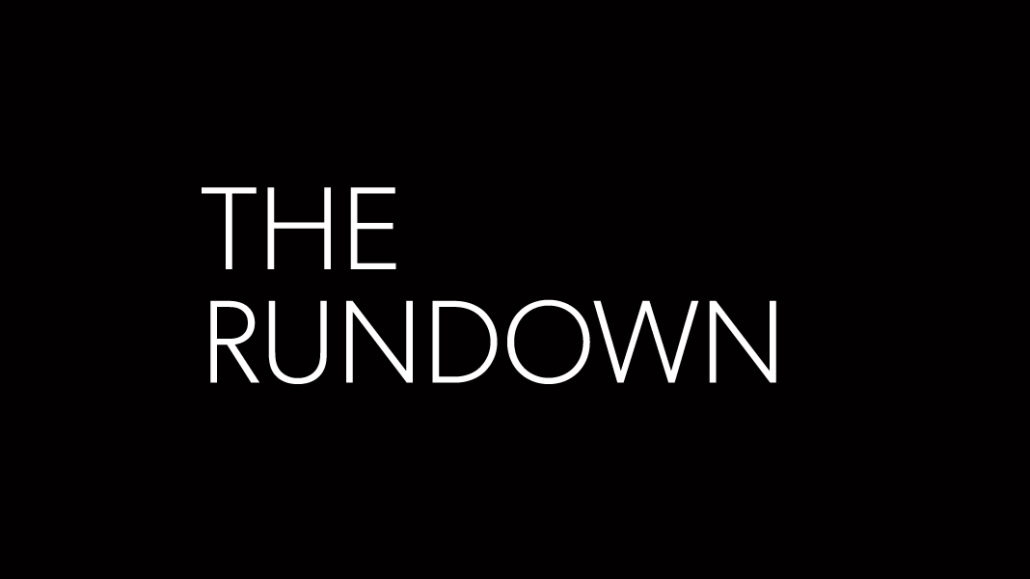Connect with execs from The New York Times, TIME, Dotdash Meredith and many more
The Rundown: With today’s video strategies, publishers are managing their risk

The “pivot to video” spelled disaster for some publishers who invested heavily in the medium hoping advertising dollars would follow, only to be disappointed when Facebook and other platforms failed to deliver the windfall they’d hoped.
But with their latest forays into long-form video and TV, digital publishers are taking a far less risky approach. Rather than staffing up internally, investing in resources and hoping revenues follow, the playbook now being run by publishers is a far more pragmatic one: Sell an idea to a partner and worry about getting it made later.
BuzzFeed News’ latest video push is indicative of this trend. Under Shani Hilton, the publisher is now producing “AM to DM,” a one-hour morning news show on Twitter, and a Netflix docu-series following its reporters called “Follow This.” That’s in addition to other projects for platforms such as Facebook. In order to deliver those shows the company says it’s built a sizeable video department of around 50 people.
But it’s notable that 90 percent of that video department is made up of contractors who — if the production fees and guaranteed revenues from partners were to dry up — can be cut relatively easily. The initiative could therefore have huge upside if it goes well and the shows gain traction, but they also expose Buzzfeed to relatively little potential downside beside simple opportunity cost. The branding benefit alone of having shows on platforms such as Neflix and Twitter is arguably worth the effort to make them.
It’s a similar situation for Axios, which announced this week it has landed a deal with HBO for a documentary series of news-oriented specials. Axios already has an in-house video team of eight people, but it won’t be staffing up or hiring contractors to create that show internally. Rather, it’ll work with directors and producers Matthew O’Neill and Perri Peltz to get it made, while Axios’ existing video team will continue to focus on short-form video, the company said.
It still remains to be seen if long-form video — or indeed video of any kind — can become the cash cow publishers may like it to be. But this approach smells less like a risky or desperate “pivot to video” and more like a no-brainer experiment in brand extension.
Who knows how long major social networks, platforms, tech companies and over-the-top services will continue to throw money into content at the rate they are currently. But until the music stops, publishers are lining themselves up for a piece of the action with little to worry about at their bottom lines.
More in Media

Three publishers’ workforce diversity reports show DEI efforts remain sluggish
Overall, staff diversity at The New York Times, Hearst and Condé Nast has either marginally improved or stalled in 2024, according to their annual workforce diversity data this year.

Retail media meets publishing: News UK, Future and Ocado tap clean room tech for smarter data targeting
News UK, The Independent, Immediate Media and Future are teaming up with retail media network Ocado to test clean room-powered data matching.

From sidelines to spotlight: Esports events are putting creators center stage
Esports events’ embrace of content creators reflects advertisers’ changing priorities across both gaming and the wider culture. In the past, marketers viewed esports as one of the best ways to reach gamers. In 2025, brands are instead prioritizing creators in their outreach to audiences across demographics and interest areas, including gaming.





